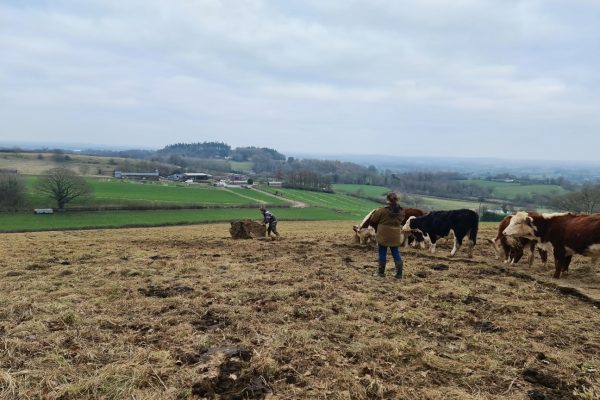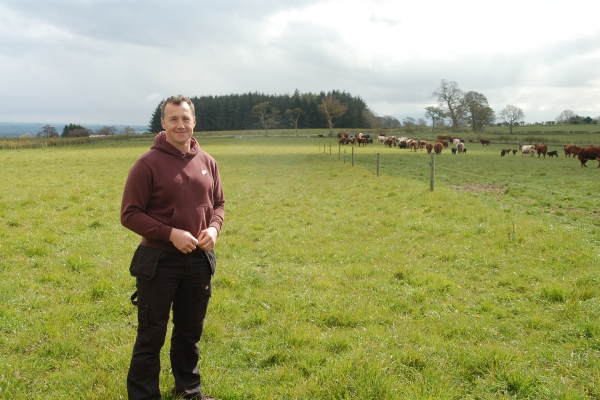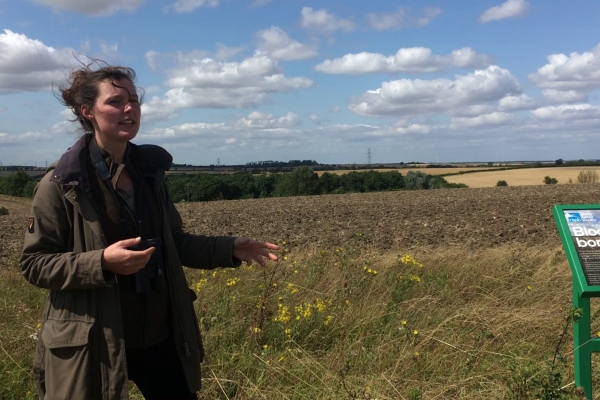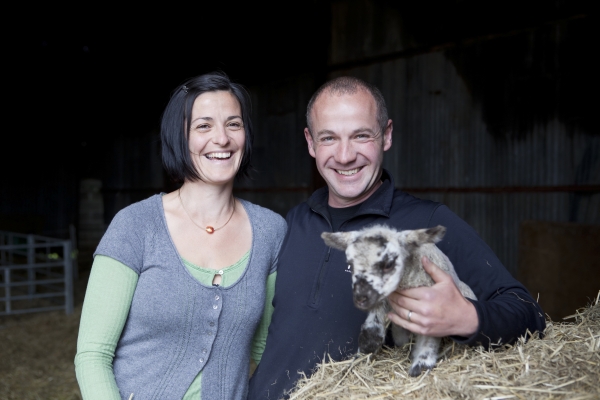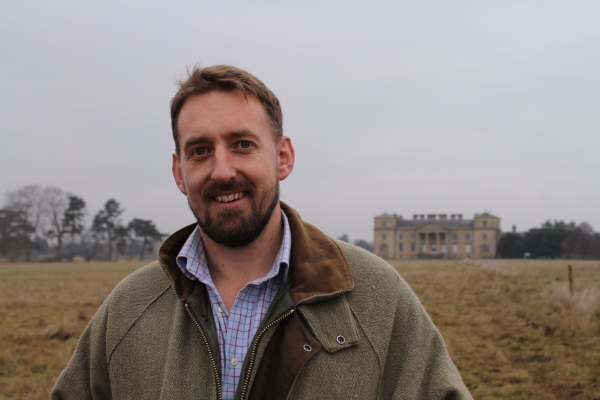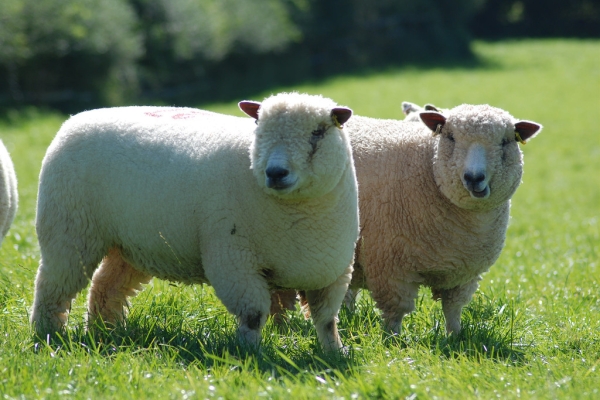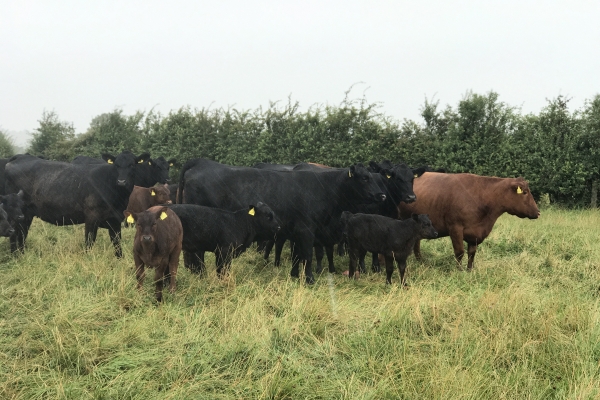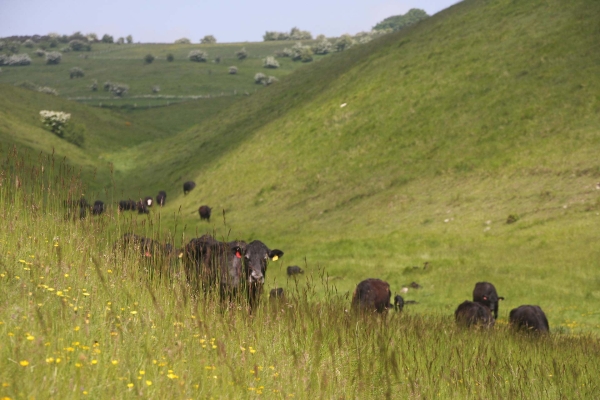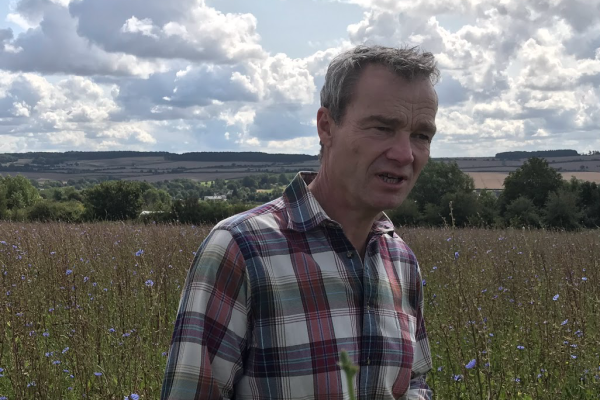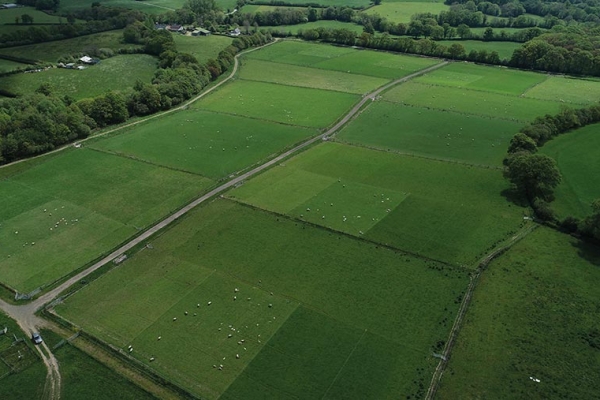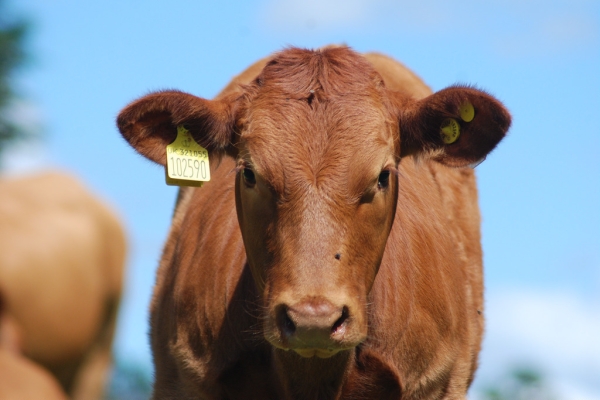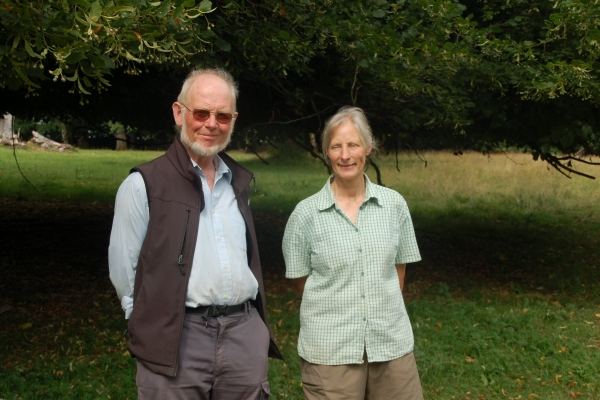Regenerative Grazing with Nikki Yoxall, Grampian Graziers
Resource explained
This short video was produced as part of the ‘Agroecology: Facilitating Mindset Change’ project which aimed to foster a better understanding of agroecology and ensure the adoption of agroecological practices among farmers, crofters and growers in Scotland. The project was developed by a coalition which, in addition to Soil Association Scotland, brought together Nourish Scotland, Landworkers’ Alliance, Pasture for Life, the Nature Friendly Farming Network and Propagate. This video is one of several videos and webinars produced and features Nikki Yoxall talking about Grampian Graziers which she runs with her husband James. They use their “wee mob” – a collection of rare and native breed cattle – as ‘ecosystem engineers’ to work with land owners to manage a range of sites such as pasture, woodland and hill ground to deliver mutually beneficial outcomes. Nikki describes their use of Holistic Management and the benefits of year-round grazing.
Findings & recommendations
- Cattle can play a role in creating vibrant, abundant and diverse ecosystems through Holistic Management.
- The aim is for cattle to have a fresh bite of clean grass every day (with hay supplement when snow/ice).
- Fewer groups of animals in smaller fields allows grass to recover after grazing, enabling plants to contribute to healthy soils through living roots, which is critical for soil health and resilience.
- Farmers are encouraged to be more reflective, to monitor their soils and their farms “to take more time to work on the business rather than in the business.”
Find out out more about the the ‘Agroecology: Facilitating Mindset Change’ project here. View the final report produced from the project here.
Below is another video which focuses on grazing and produced as part of the same project. It features Matt Griffin of Edston Farm talking about transitioning from a traditional set stocked system to a regenerative system and building resilience to primarily handle the changes in climate. He refers to the big benefits reaped from building rest into the system (having introduced up to 200 days of rest in places), and carrying out mob grazing…



